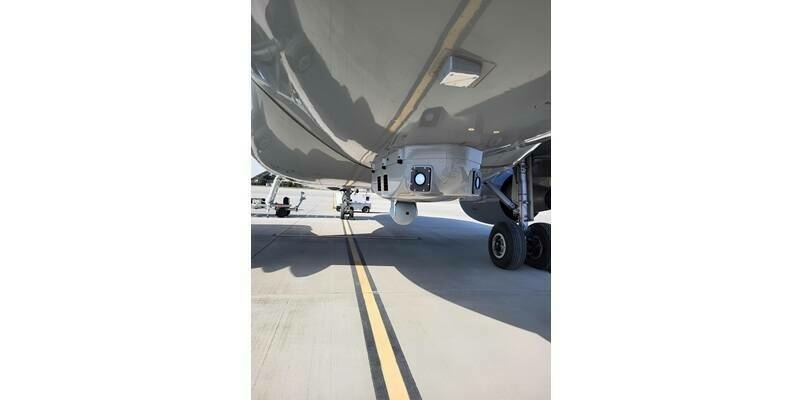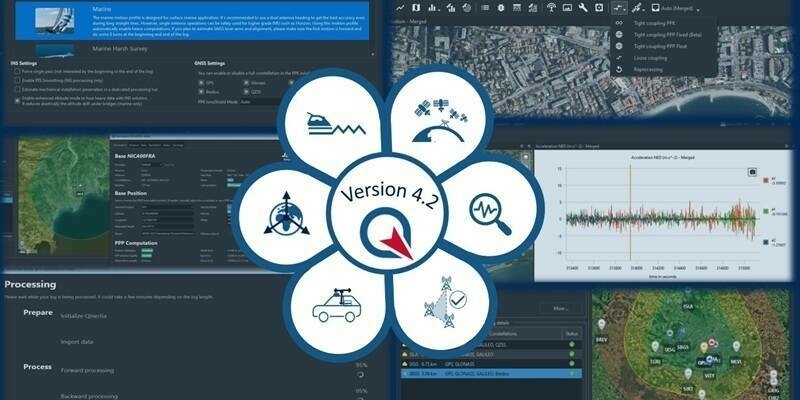Dr. Shubha Sathyendranath, Head of Remote Sensing and Marine Optics, Plymouth Marine Laboratory will be presenting their research findings at the International Ocean Colour Science (IOCS) meeting in Lisbon, Portugal from 15 to 19 May.
The satellite monitors storms, pollution and ocean colour which can be an early indicator problems e.g. algae numbers. Harmful Algae Blooms (HAB) are having devastating effects on marine life but also aquaculture and fish farms, which now account for 50% of the fish we eat globally.
In the US, HAB have caused closures of Long Island's scallop fishery and other shellfish beds on the Atlantic, Gulf of Mexico, and Pacific coasts. There is also data to show blooms have caused the deaths of hundreds of manatees, sea lions and other marine mammals. Being able to map the blooms and predict where they will spread, along with data on water quality, pollution and climate change impacts which can also be seen from space, is indispensable to the management of marine resources, fisheries and coasts.
Subscribe to our newsletter
Stay updated on the latest technology, innovation product arrivals and exciting offers to your inbox.
Newsletter

